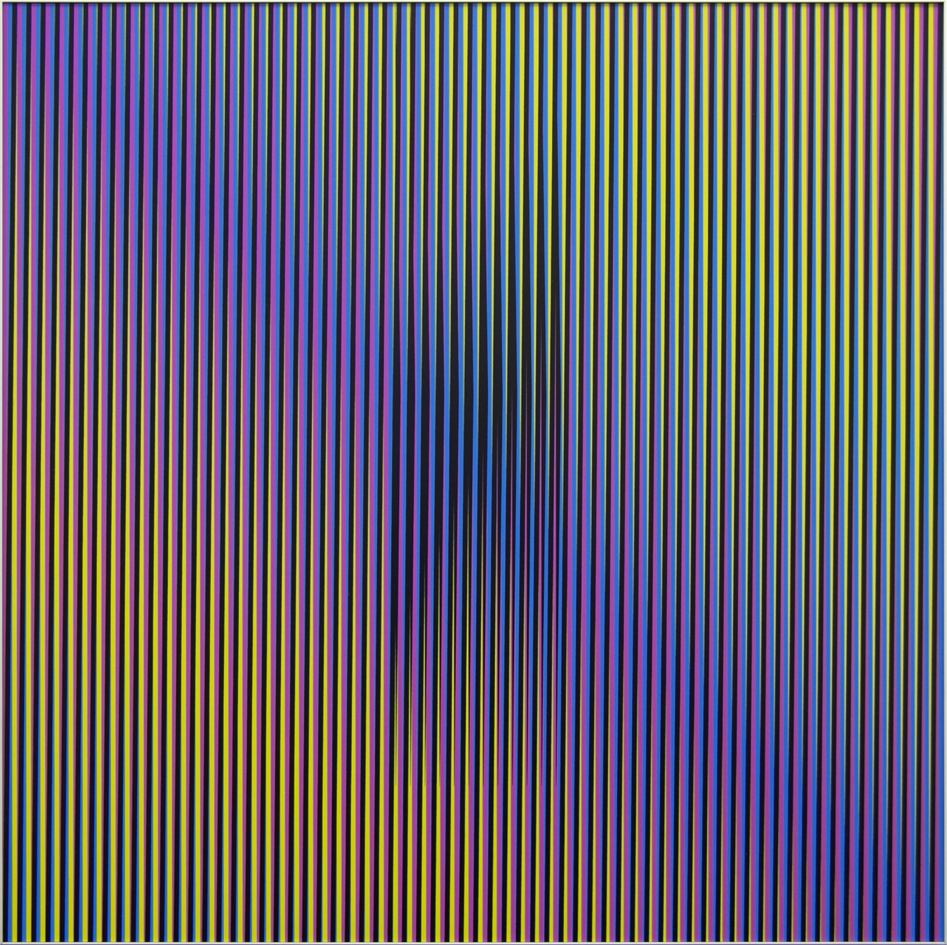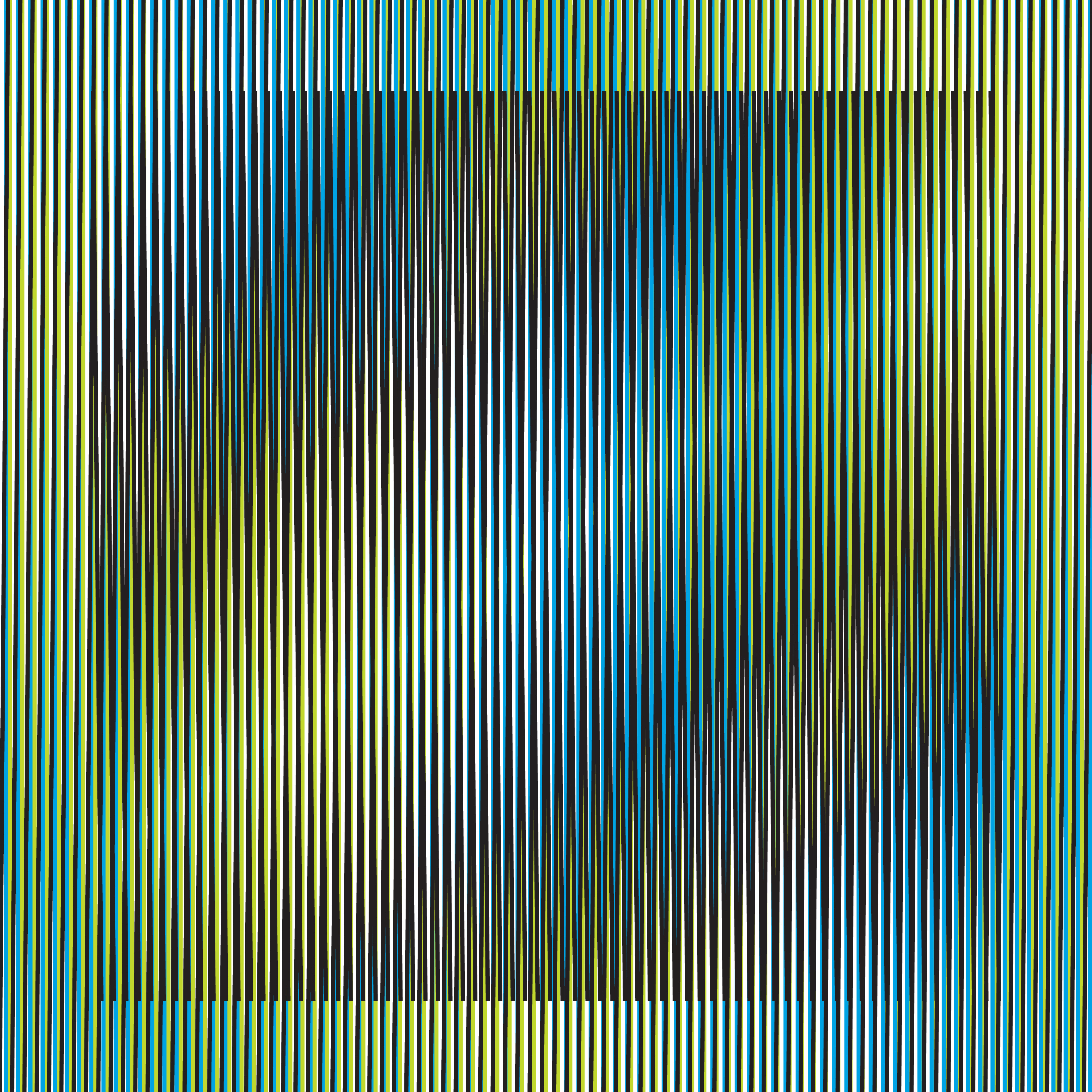
Carlos Cruz Diez
CIRCUMSTANCE AND AMBIGUITY OF COLOR
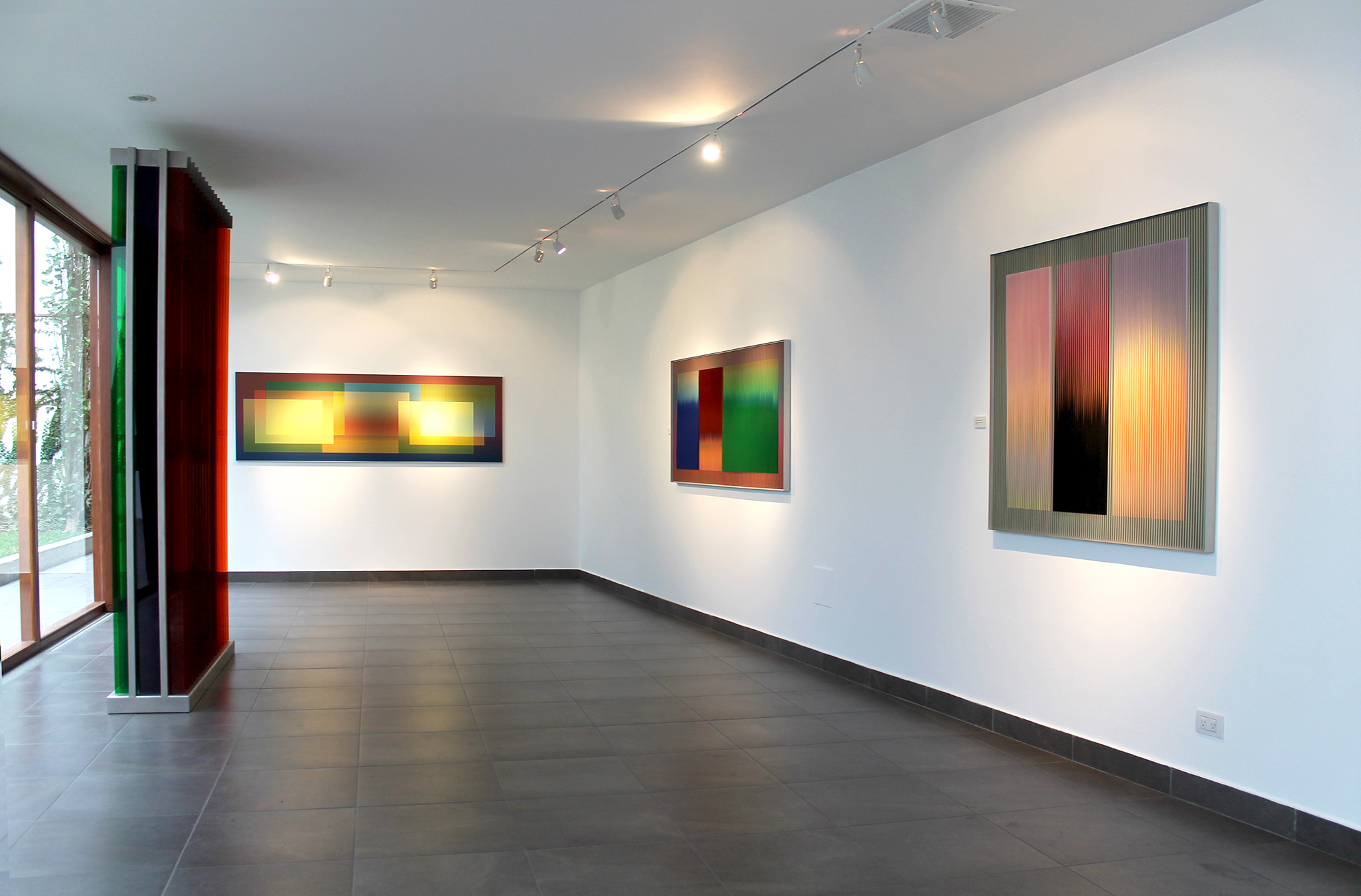

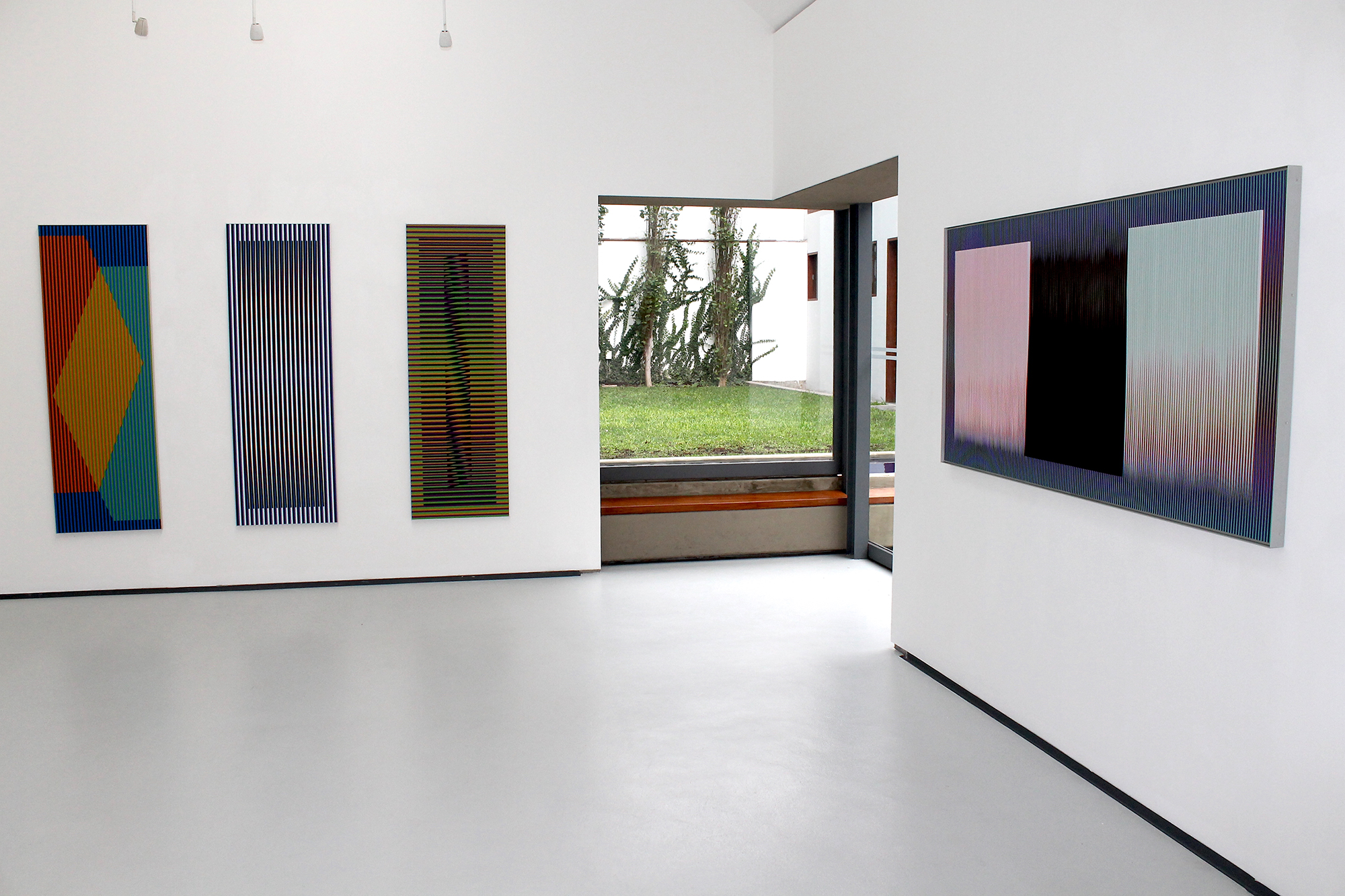
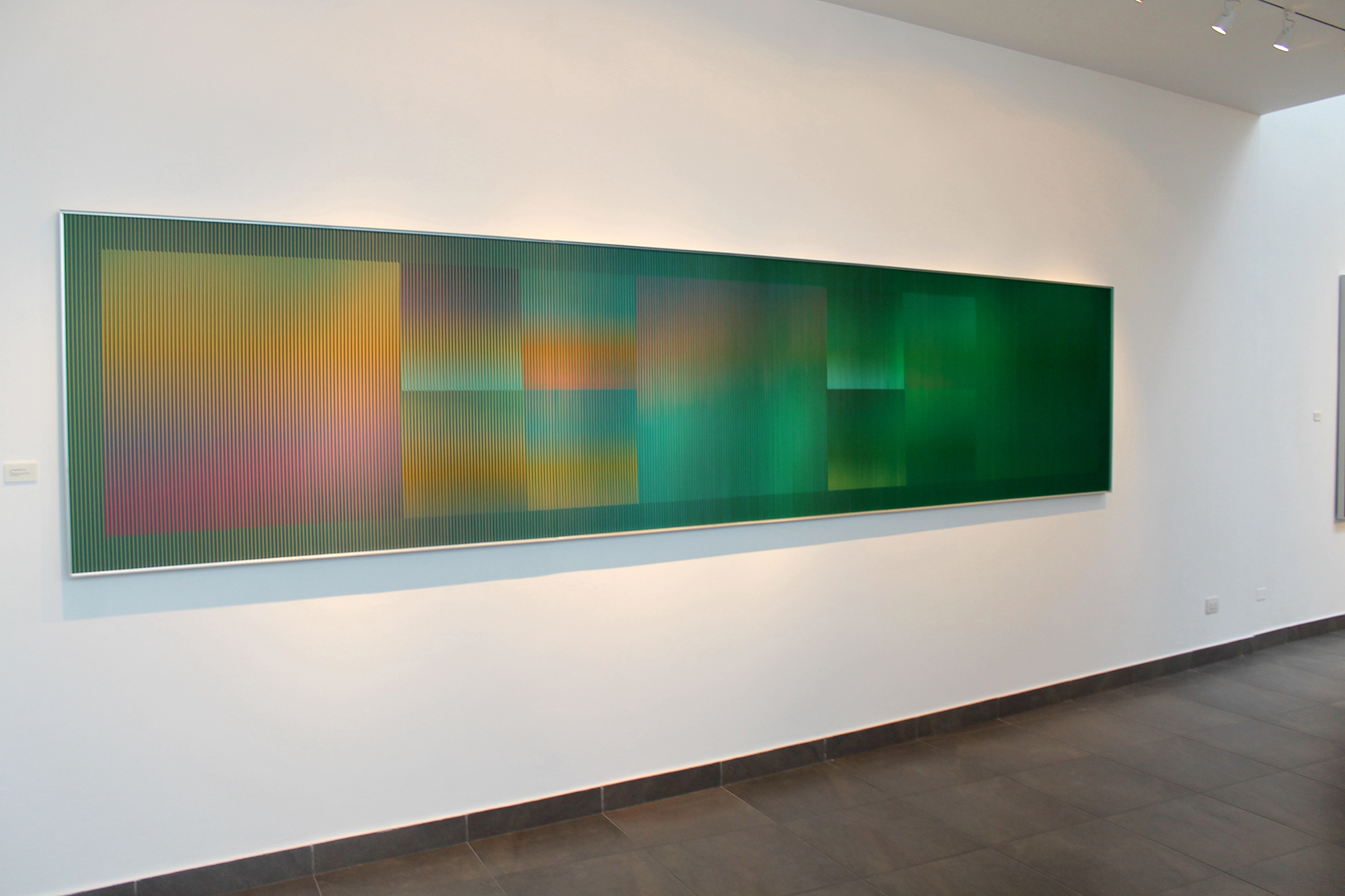
The behavior of color is ambiguous and, in addition, is the product of a circumstance. However, we have retained the millenary notion that it is “a certainty,” that it is something immutable. We believe with absolute conviction that this wall is white and that table is red. Probably so, but it is not totally true. What we are establishing is its generic white, or red, not its behavior. “Additive Colors” (1959) and “Chromatic Inductions” (1963) propose another solution that integrates the notion of real time and space into the “static plane”. In these works, a chromatic event takes place that continuously evolves as the spectator walks by and the light changes, in open contradiction with nature and the canons of the traditional pictorial space. Flat and static works that evolve and change in a dialectic of space and time between the viewer and the work, making evident the ambiguity of the color that is generated and evolves outside the painted mount. The line is not an aesthetic element, it is the most effective means I could find to multiply the critical areas of vision between two color planes, in order to generate new and unstable shades of color.
Receive more information on available works from this exhibition.


Induction Chromatique - Serie Jorge Antonio A
2011 Cromografía sobre PVC 60 x 60 cm
Color Aditivo Hilda
2012 Cromografía sobre PVC 80 x 240 cm